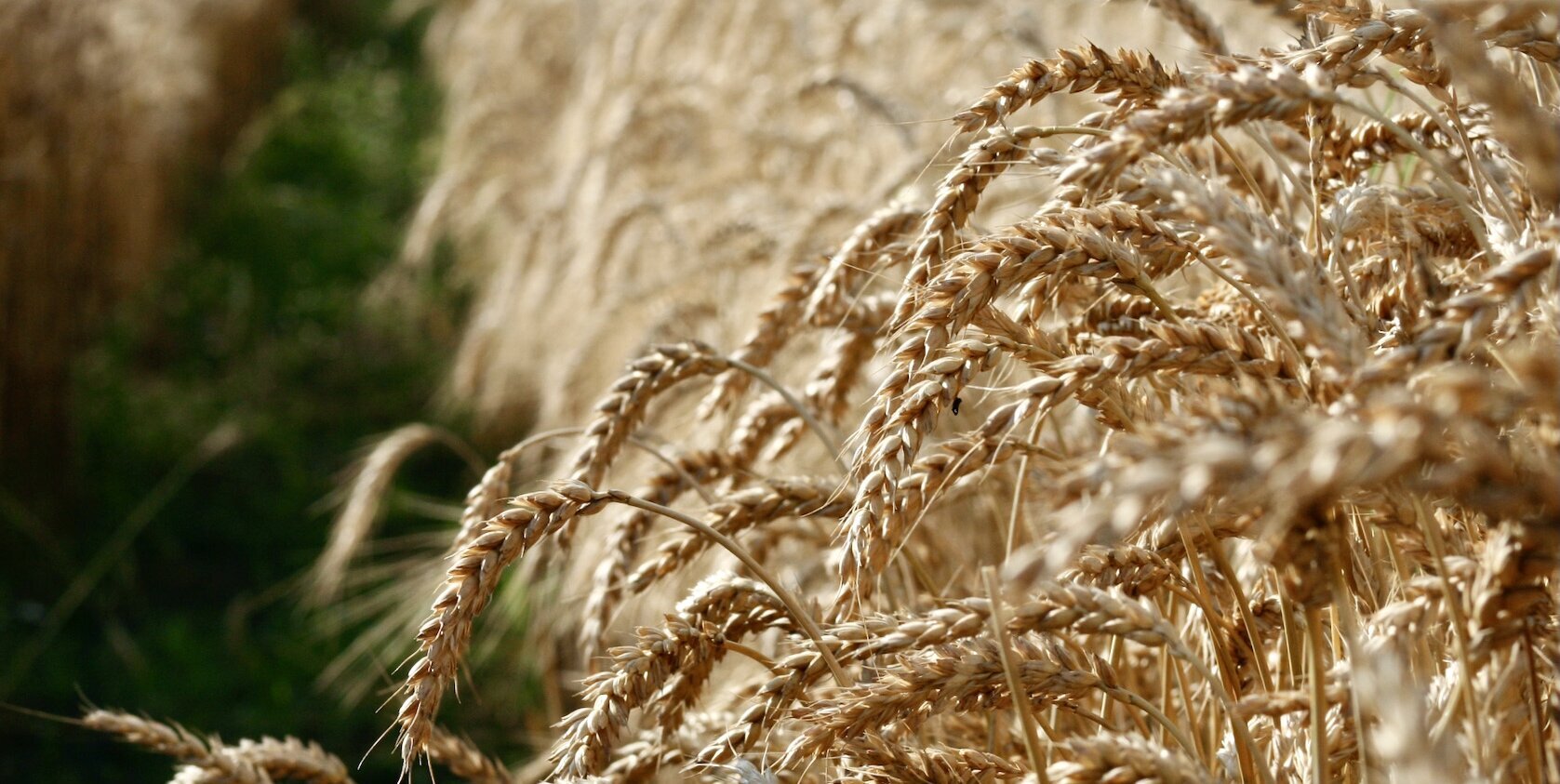Wheat
Triticum
Globally, wheat is the second most widely produced crop, just recently surpassed by maize. The history of humans and wheat is interwoven from the first cultivation of the crop in the Fertile Crescent, more than 10,000 years ago.
Wheat is grown with high yields from 67° north in Norway, Finland, and Russia to 45° south in Argentina. The world’s main wheat-producing regions span from the central plains of the USA and Canada, through northwest and Mediterranean Europe, Russia, and Ukraine, the great plains of India, China, to Australia, and back to the southern parts of the South American continent. It is a temperate crop, so it produces best in the tropics and subtropics.
Wheat has developed through all phases of domestication; from the first unconscious selection of favorable traits by the earliest cultivators, through thousands of years of deliberate selection for local adaptations and larger grains by farmers, to scientifically planned modern breeding. In 1970, the plant breeder Norman Borlaug was awarded the Nobel Peace Price at the International Maize and Wheat Improvement Centre (CIMMYT) for his work on developing the high-yielding cultivars that became the basis for the Green Revolution in India, Pakistan, Iran, and the Mediterranean basin.
In the last 50 years, the global wheat area has doubled. In the same period, the average yield has almost tripled.
For several decades, the historically enormous problem of wheat stem rust has been “solved” through the use of resistant genes incorporated into cultivars. Unfortunately, in Eastern Africa, that resistance has now largely been overcome by a new physiological race of the disease designated as Ug99.
Formally noted in 1999, Ug99 is a significant threat to global wheat production. Alarmed by recurrent epidemics in Kenya and Ethiopia, CIMMYT and the International Center for Agricultural Research in the Dry Areas (ICARDA) in 2005 jointly formed the Global Rust Initiative to prevent a pandemic.
This extremely virulent form of stem rust was in January 2007 reported to have jumped the red sea and further spread seems inevitable. The only viable medium for mitigating severe crop losses is to search for resistance genes among the thousands of wheat types held in genebanks, and use this material to breed new varieties able to withstand the rust.

